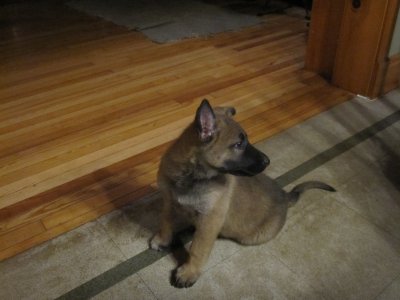- Joined
- Jul 29, 2014
- Messages
- 2,737
Keep in mind that there are 1,667,304 possible combinations of three pins in a .251" - .500" pin set.
Well Winegrower, you will be busyand it will require more than a rainy day

It was sunny today, and yes, I can keep track of a million things, but not 1,667,304 things. So just looking at any three adjacent pins, 0.001 apart, the result is fascinating to me. Descartes was an incredible machinist, it would seem. Here's what I conclude, which is nothing more than what RJ, Doug and Larry$ have suggested. But I had to do the math.
1) from a 0.061 to 0.250 set of gauge pins, you can extend the measurement using three adjacent sized pins up to over 0.5 inches. By lowering the smallest pin one step, or increasing the largest pin one step, you can generate roughly half thousands over the extended range. I assert without proof that handling three similar sized pins is pretty easy.
2) by adding a larger base pin, you can do the following:
Adding a 0.375 pin extends to over 5/8" capability
Adding a 0.500 pin extends to over 3/4" capability
Adding a 0.750 pin extends to over 1" capability
In each range you can micro step to below 0.001"
The tolerances of the pins tends to average out, to the level I was interested in pursuing.
So for $50 bucks or so for a small set up to 1/4", and three more pins, you get a 1" set that can check to 0.001".
And this leaves out most of RJ's combinations.


